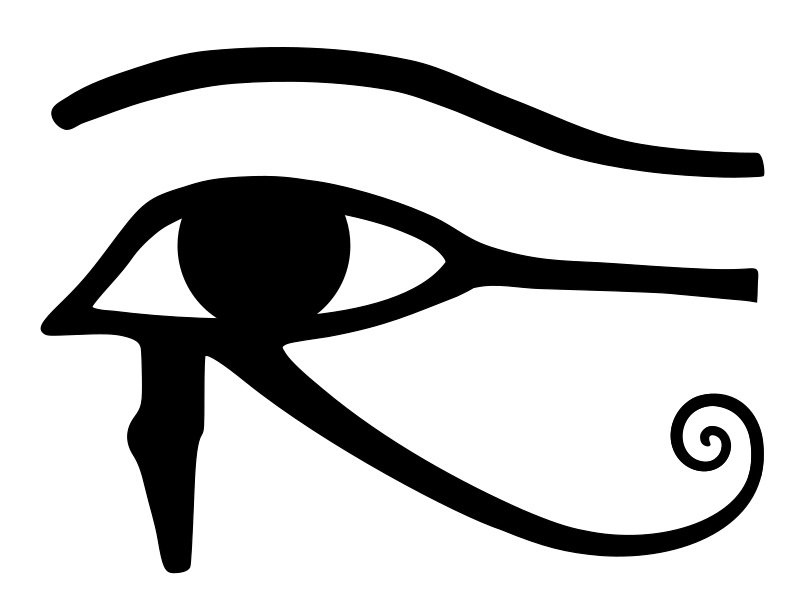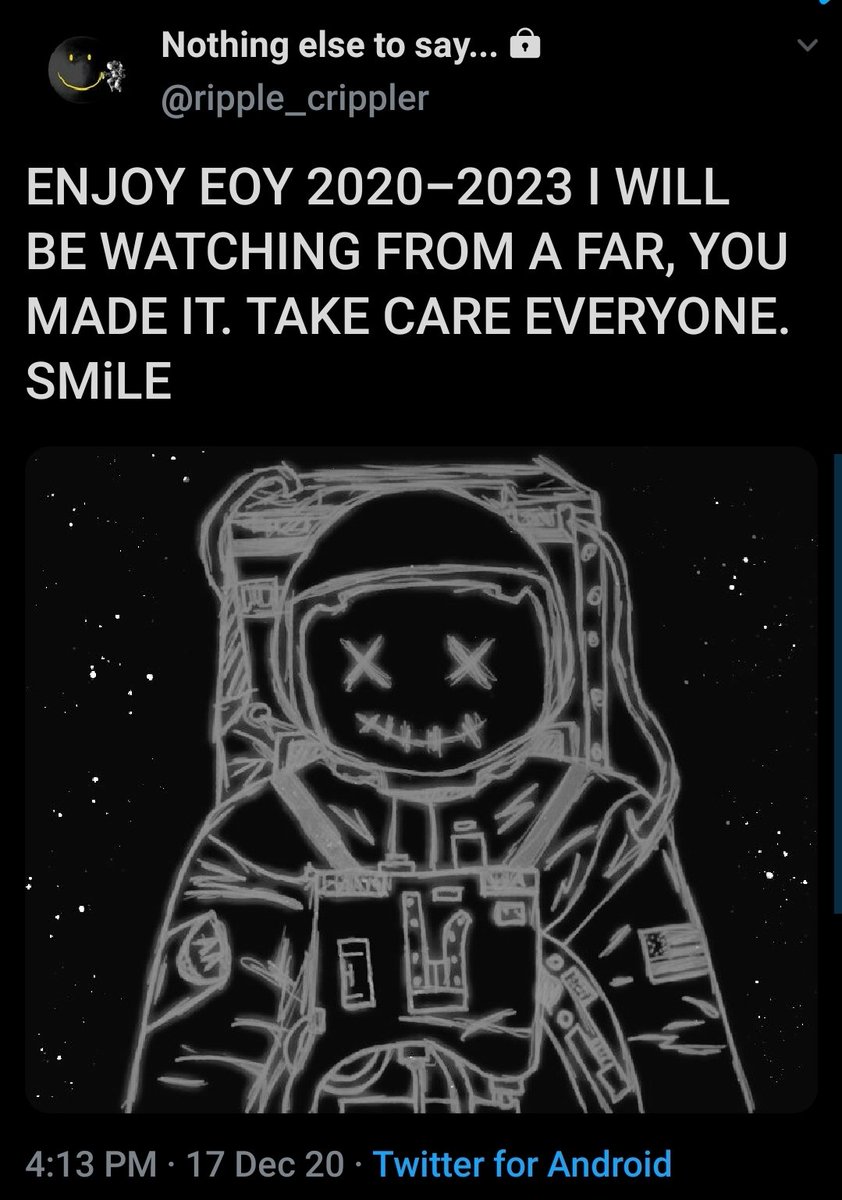This is the one I personally prefer.
It's a little more advanced than other tools, but you can really make some cool stuff once you get familiar with it.
https://t.co/LHBZ8xmLrq




Imagine for a moment the most obscurantist, jargon-filled, po-mo article the politically correct academy might produce. Pure SJW nonsense. Got it? Chances are you're imagining something like the infamous "Feminist Glaciology" article from a few years back.https://t.co/NRaWNREBvR pic.twitter.com/qtSFBYY80S
— Jeffrey Sachs (@JeffreyASachs) October 13, 2018


